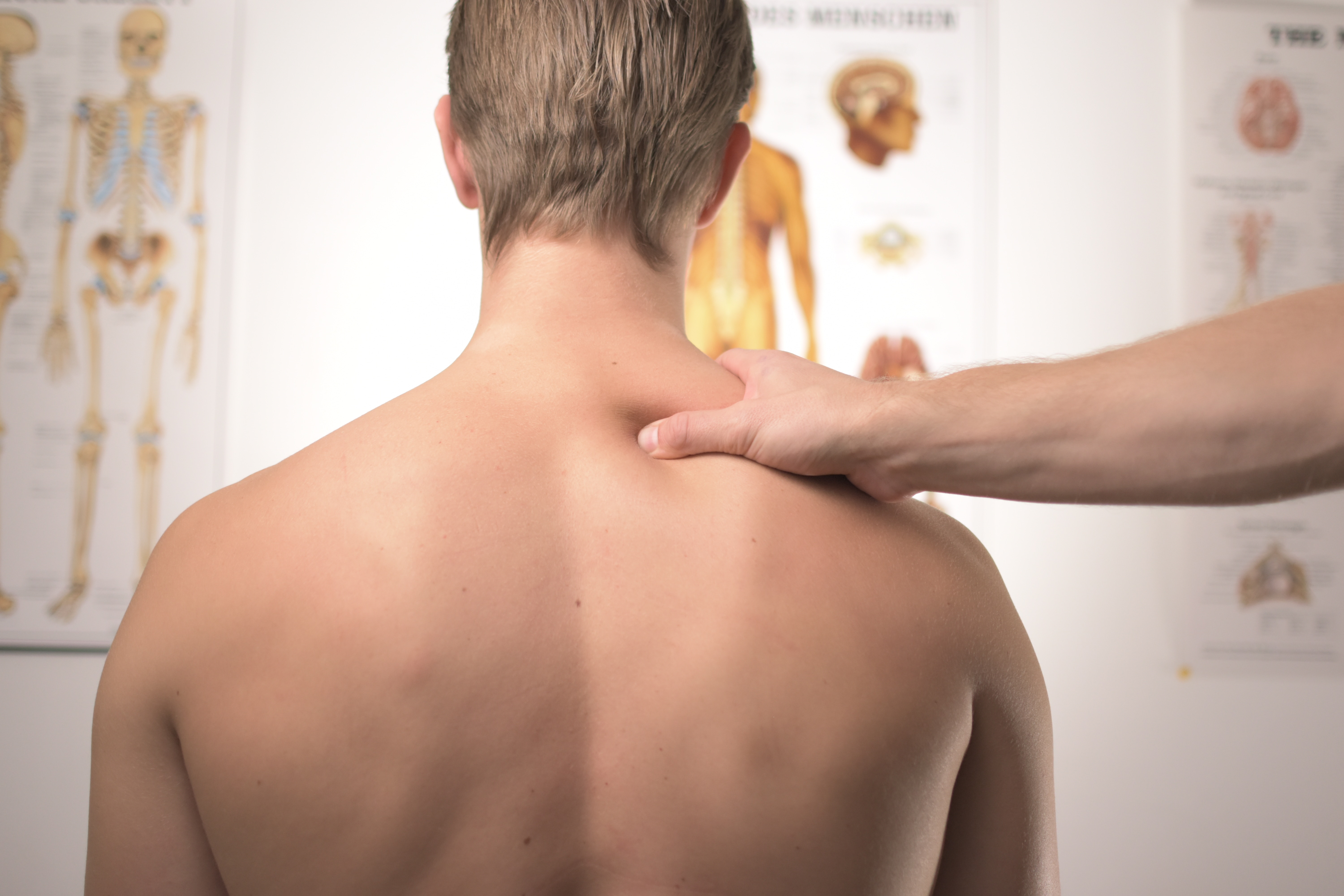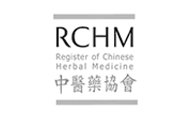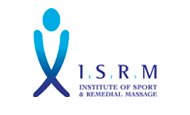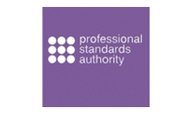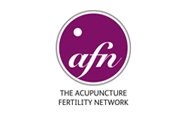Many people come through our doors because of recent sports injuries and high impact collisions, as well as lingering niggles in the body that have occurred due to years of repetitive movement and strain on the joints.
Injuries come in all shapes and sizes and can impact only a single part of the body, or a collection of muscles. Contributing factors can involve not warming up appropriately, poor form or accidental collision.
However they happen, sports injuries can have a huge impact on our lives and treating them and recovering efficiently is incredibly important. In this post, we briefly explore the role of trigger points in relation to sports injuries and how acupuncture can be used to alleviate the pain and loss of function caused by these trigger points. Also, they are named ‘trigger’ points because they trigger pain somewhere else, leading to either shooting/ radiating pain or referred pain which just manifests distant to the point itself.
How Does It Work?
Trigger points occur inside muscle fibres and present as knots that don’t fully relax or stretch. As they remain shortened, they inhibit other parts of your body from functioning smoothly and can cause various physiological changes that go beyond the immediate area these points are located.
While you might still be able to enjoy a significant range of movement, complete freedom will be restricted and muscles can become painful during activity or when stretching. This can also cause you to adapt your movements and put greater levels of pressure on strain on other parts of your body, such as your opposite leg or arm.
It is not just isolated events that can lead to trigger points. Trigger points can often develop after repetitive activity, eccentric and concentric exercises.
Once trigger points have been identified by your practitioner, the aim is to target and deactivate them using various techniques that improve elasticity and reduce knotting. This can be done with hand techniques as well as acupuncture.
Benefits of Using Acupuncture for Sports Injuries
Unlike prescription medications, acupuncture produces no negative side effects on the body, assuming it has been carried out by a professional. It can also be administered incredibly quickly and in some cases reduces pain caused by sports injury within a single treatment.
However, locating your trigger points and building a treatment plan that looks at your body as a whole is advised for a full recovery from serious injuries.
With all injury-recovery strategies, a holistic and combined approach is often the only way to provide rehabilitation that is both quick and long-lasting. Addressing only the pain caused by trauma can leave you exposed to further damage down the line as underlying problems remain unfixed.
Want to Know More About Trigger Points?
At Acubody, we talk a lot about trigger points with our clients. Whether we’re offering trigger point therapy, myofascial release treatment or acupuncture, we conduct our services with a holistic understanding of how the whole body and mind work together. If you’re searching for acupuncture for a sports injury or help with trigger points, get in touch!


